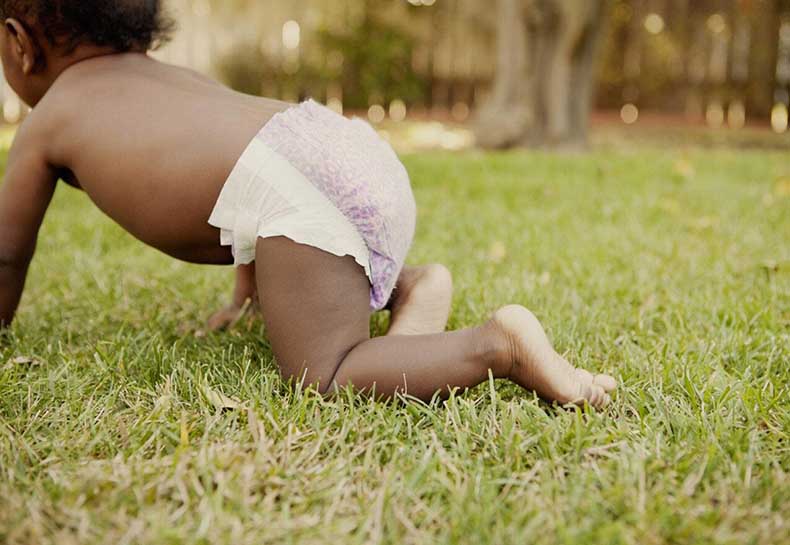What are the differences between diapers and pull-ups?
The biggest difference between diapers and pull-ups is that pull-up diapers usually include an elastic band, making them easier to slip on and off like regular underwear. Some versions stick the tape to the diaper like a regular diaper, while others can be pulled off like a swimming diaper. In general, it is used during potty training.
Parents have a lot of choices to make when it comes to taking care of their little baby, so I like to try to explain things so you don't have to stress too much over every little thing. First, let's look at why you might want to use pull-ups, some information about them, and whether they cost more than regular diapers.
The essential differences between diapers and pull up pants
As I said before, the biggest difference between regular diapers and pull-ups is that they can be pulled on and off like regular underwear. By removing the tape, older toddlers were less likely to remove their diapers by ripping off the tape, but were given practice during their potty training.
To keep things simple, we're just talking about disposable style pull-ups that you might find in the diaper aisle of a store. I should also point out that the word "pull-up" is from the brand Yeesain, which technically isn't the real name of this style of diaper, although most people just use it for everything. The word for Pamper is easy-ups, and The Honest Company calls them training pants, but they're all similar in design.

Can we use pull up diapers at night?
Since we've established that pull-ups may not be as absorbent as the regular diapers you're used to, you'll need to be very careful using them at night, as you're more likely to run into a urine leak. This is especially true if you have a problem with a leak before using a regular diaper. Most babies fill their diapers overnight because we don't change them very often. Some babies even need extra overnight diapers, absorbent pads, or other means to keep them dry until morning. In the worst-case scenario, mom and dad may have to arrange for diaper changes in the middle of the night to help prevent this.
Are pull ups as absorbent as diapers?
Basically, regular diapers focus on immediate absorption of moisture, whereas pull-ups want the baby to feel some moisture before it can be absorbed. If they feel their bedpan, the theory goes, they can begin to master the whole bedpan training better because they have the feeling of wet themselves. For those who want to potty train their kids on their own initiative, this may not be such a big deal because you'll probably start potty training during the day and you'll be watching them like a hawk. This makes the possibility of a leak very low.
If you're not actively potty trained, then pull-ups are likely to only cause you trouble compared to regular diapers, as they usually leak more. Of course, not all brands are created equal, and it is possible that you will find some pull-ups that do an excellent job in preventing leaks. The best strategy is to research and experiment with a few brands to see what works for you and your baby.
Are pull-ups more expensive than general diapers?
One of my biggest prejudices about diapers and pull-ups is that they are just more expensive than the regular version. Turns out, I was right about that, but when you actually look at the price, it's really not that different. I did a little survey to see what would happen to the most popular brand if I chose one of the two brands. Of course, it's definitely possible to find a cheaper diaper outside of the big brands.
Comparing store-brand diapers with big-name brand pull-ups, for example, can create an even bigger price gap. I'll try to compare them one by one for the sake of comparison. To make it as close as possible, I chose to compare a size 4 regular diaper with a size 2T pull-up, since they are designed for babies of the same weight. When you start wearing pull-ups, you'll notice that those sizes look just like clothes! I also chose the largest, most economical bulk option to keep the price as low as possible.




